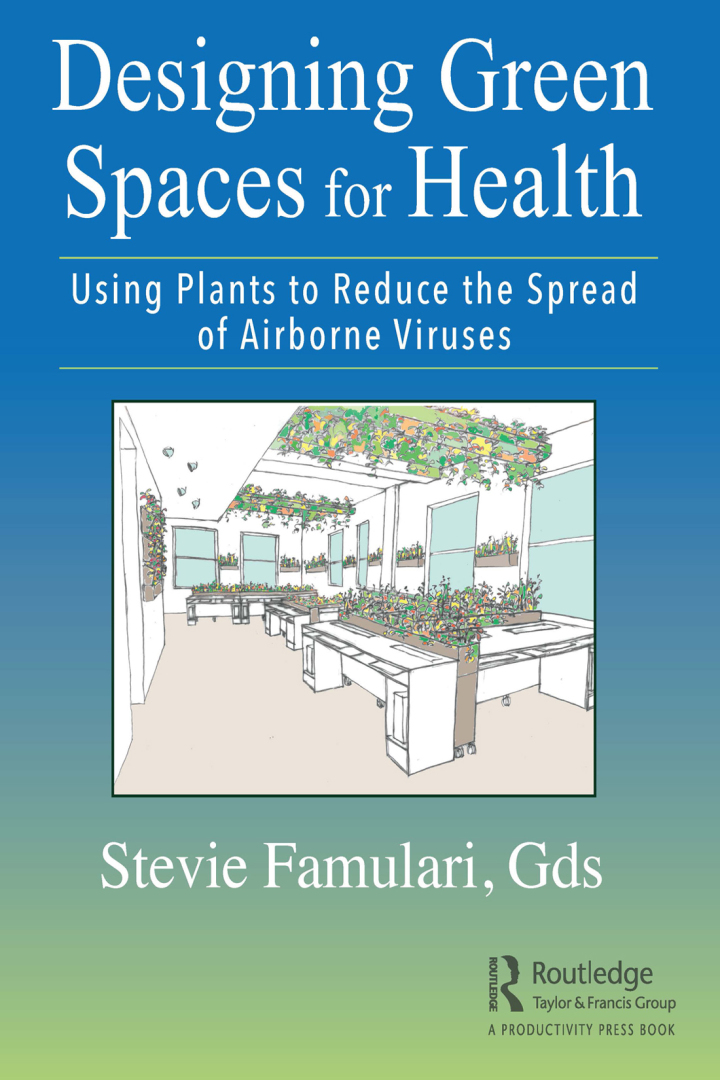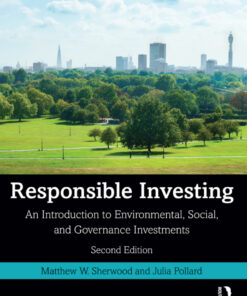Designing Green Spaces for Health: Using Plants to Reduce the Spread of Airborne Viruses eBook
$54.95 Original price was: $54.95.$21.00Current price is: $21.00.
-
Author(s): Stevie Famulari
-
Publisher: Productivity Press
-
Print ISBN: 9780367683139, 036768313X
-
eText ISBN: 9781000485165, 1000485161
Delivery: Can be download immediately after purchasing. For new customer, we need process for verification from 30 mins to 12 hours.
Version: PDF/EPUB. If you need EPUB and MOBI Version, please send contact us.
Compatible Devices: Can be read on any devices
This book focuses on using plants in spatial design to reduce the infectiousness of viruses in different working and living spaces. It presents strategies for interior and exterior green designs with plants that are likely effective for flu virus tolerance and reduction of infectiousness. The designs are appealing for interaction and healing, as well as focusing on the reduction and removal of virus infectiousness. The Famulari Theory requires examining plants that are likely effective for virus accumulation based on their leaves with stomata, trichomes, and dense leaf growth, and transpiration rate accumulation of airborne viruses. In addition, this research requires reviewing the quantity and specific types of plants (as well as electronic sources, such as humidifiers and water features) needed to produce effective humidity for plants to decrease the infectiousness or transmission of viruses; the effective distance of people to plants; and light, water, soil, and temperature needs. The book addresses the various greening practices that can be applied to sites to reduce the infectiousness of the airborne flu virus – especially in areas such as train stations, restaurants, rooftops, courtyards, office buildings and work spaces/conference rooms, and the home office – and the ways that businesses owners and residents can integrate these practices to reduce the air contaminants with a green solution. Designing green spaces that accumulate, reduce, and remove the infectiousness of viruses involves exploring multiple approaches from different directions to achieve the most effective and ideal design. The six basic approaches include 1. Temperature minimum of 70° Fahrenheit 2. Plants with multiple stomata on the leaf surfaces 3. Plants with multiple clumps of dense leaves with a high transpiration rate 4. Plants with rough leaf surfaces or with trichomes (plant hairs) on the leaf 5. Relative humidity (RH) minimum of 43% or higher 6. Air circulation to direct air with the airborne flu virus to the planted areas Stevie Famulari brings unique insights and inspires the development of green understanding and design solution plans with both short-term and long-term approaches. Illustrations of greening applied to locations help you understand your own design solutions to create them in your site. This book breaks down the misconceptions of the complexity of sustainability and green practices and provides illustrations and site-appropriate green solutions that you can incorporate into your lifestyle for a healthier site. Greening is a lifestyle change, and this guide lets you know how easy it is to transition to the green side to improve your health.
This is a digital product.
Additional ISBNs
9781003136880, 9780367683146
Designing Green Spaces for Health: Using Plants to Reduce the Spread of Airborne Viruses 1st Edition is written by Stevie Famulari and published by Productivity Press. The Digital and eTextbook ISBNs for Designing Green Spaces for Health are 9781000485165, 1000485161 and the print ISBNs are 9780367683139, 036768313X. Additional ISBNs for this eTextbook include 9781003136880, 9780367683146.
Be the first to review “Designing Green Spaces for Health: Using Plants to Reduce the Spread of Airborne Viruses eBook” Cancel reply
You must be logged in to post a review.
Related products
2023
Responsible Investing: An Introduction to Environmental, Social, and Governance Investments eBook












Reviews
There are no reviews yet.